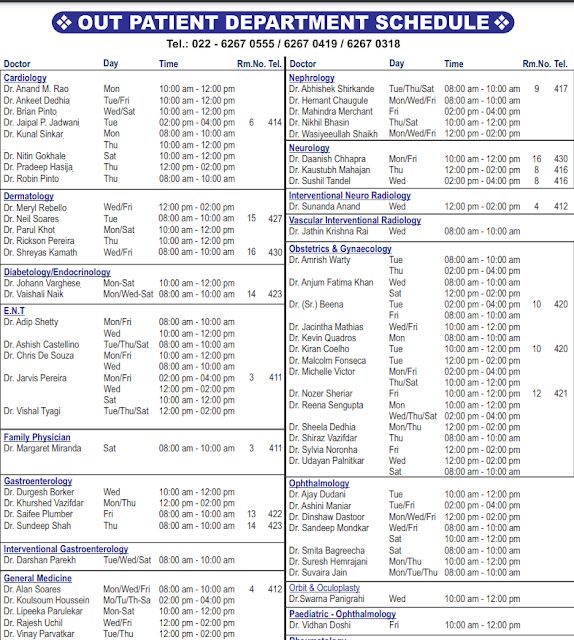UTI in an asymptomatic senior
- Non-specific Symptoms: Seniors, especially those with cognitive impairment, may not have typical UTI symptoms and can present with confusion, delirium, falls, or a worsening of their general condition. [5, 6]
- Asymptomatic Bacteriuria: Many seniors with bacteriuria (bacteria in the urine) do not have a UTI. [2, 7]
- Urine Culture: This is the gold standard for confirming a UTI. A properly collected, midstream clean-catch or catheterized urine sample is sent to a lab to identify the type and quantity of bacteria. [1, 5]
- Urine Dipstick: This test checks for leukocyte esterase (a marker for white blood cells) and nitrites (produced by certain bacteria). However, it has limited value in older adults because many bacteria don't produce nitrites, and the presence of white blood cells doesn't always mean there's an infection. [3, 4, 5]
Urine inside the bladder is typically sterile. However, the urethra (the tube that carries urine out of the body) and the surrounding genital area naturally have bacteria.
Bacteria on the skin: As urine passes through the urethra, it can pick up bacteria that live on the skin, particularly around the vaginal opening in women.
Vaginal discharge: In women, vaginal discharge can also mix with the urine sample, leading to a contaminated result.
By collecting the midstream portion, you effectively flush out the bacteria and cells that are present at the beginning of urination, ensuring that the sample collected is a more accurate representation of the urine from the bladder. A contaminated sample can lead to a false positive result, causing unnecessary treatment or further tests.
https://evidence.nihr.ac.uk/alert/do-women-know-how-to-take-a-urine-sample/

